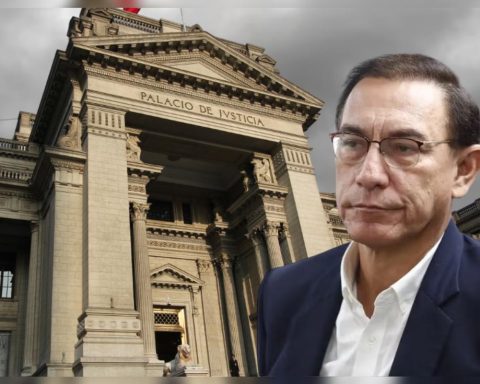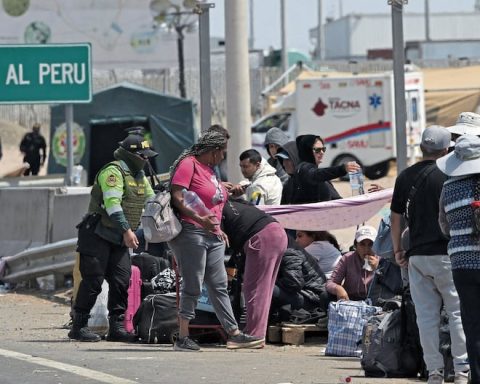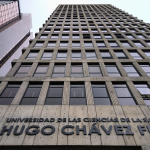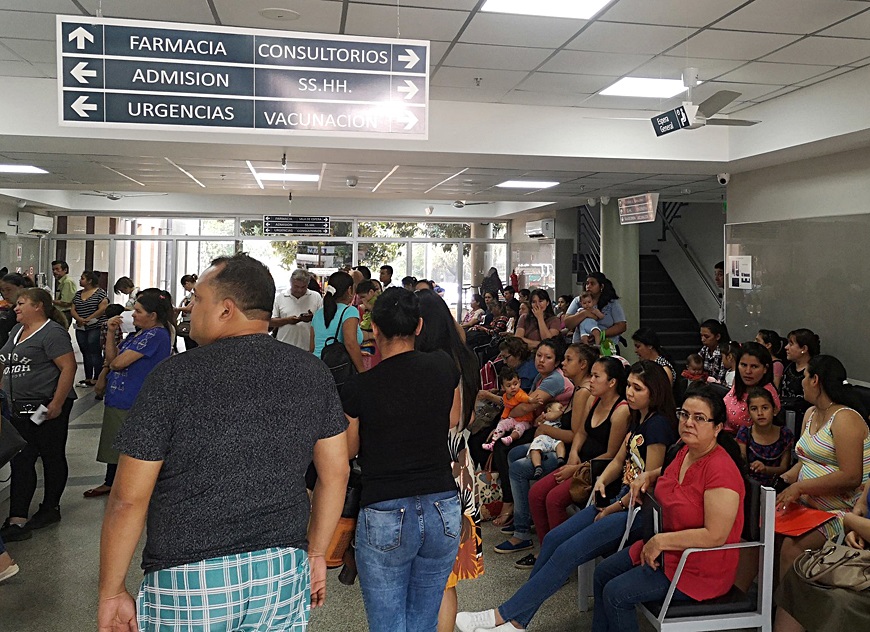Pisco exports have had a good time last year, growing 44%, after reaching a total of US$9.2 million exported, reported the Association of Exporters (ADEX) within the framework of the Pisco Sour Day, which is held on the first Saturday of every February. What were the main destinations?
In the same period of 2021, pisco shipments had reached a sum of almost US$6.5 million.
According to a report by the union, shipments mainly arrived in the US, a destination that received 42% of the total.
“The ‘flag drink’ came mainly to the US (US$3.9 million) with a share of 42% and an increase of 15%. Spain was in second place with US$979,499, a concentration of 11% and a rise of 37%,” reported ADEX.
He top have It was completed by the Netherlands (US$868,669) with a representation of 9% and an increase of 74%. Likewise, Belgium, France, the United Kingdom, Colombia, Germany, Canada and Ecuador stood out.
CONCERNED PISCO PRODUCERS
During a ceremony dedicated to Pisco Sour Day organized by the exporting union, the Minister of Agrarian Development and Irrigation, Nelly Paredes, said that in order to continue increasing the consumption of Pisco at the local level and position it more in international markets, peace and dialogue.
“We understand the claims and the mobilizations, but we regret the violence and that the work of thousands of Peruvians is harmed. We are doing an analysis to find out exactly how many millions have been lost at the sector level, ”he commented.
In this context, the president of the Pisco Committee of the Exporters Association, Carmen Robatty from Moquillaza, explained that in recent weeks they have had “inconveniences distributing Pisco” due to roadblocks.
“We are in a very complex situation. We know about the existing needs in the country, but violence will not lead us to anything good, ”he said.
In addition, according to what was mentioned by Adex in a statement “the pisco producers – by Denomination of Origin are located in the southern zone of Peru, from Lima to Tacna – feel tension and anxiety due to the roadblocks and additionally there is concern for their collaborators who must mobilize to reach the production centers”.

















